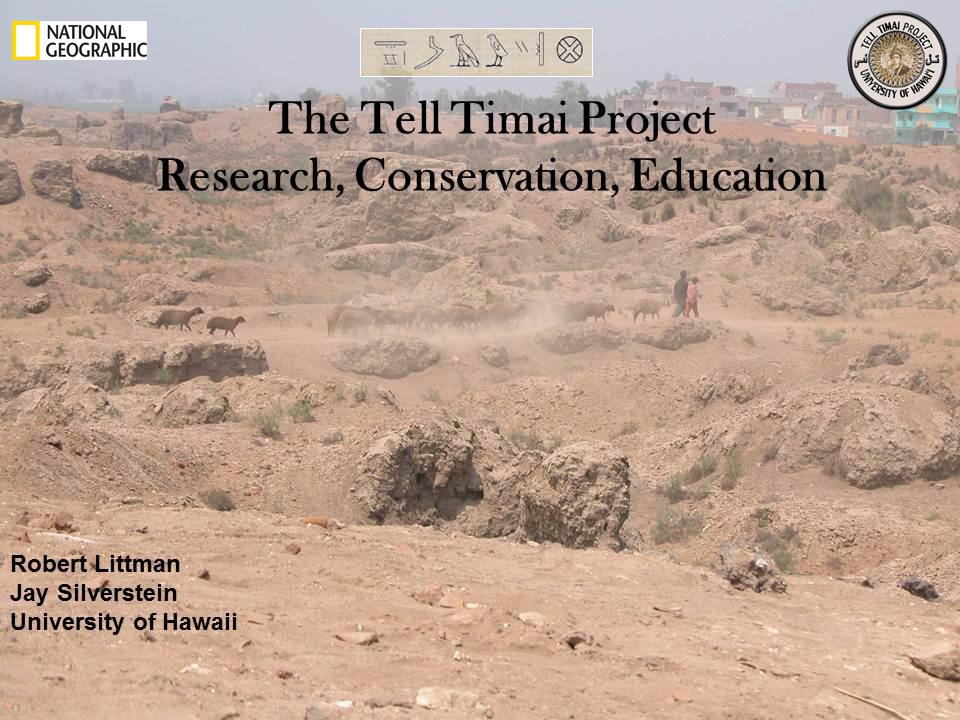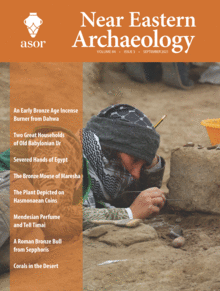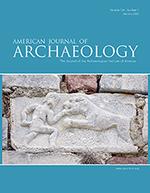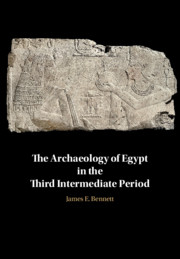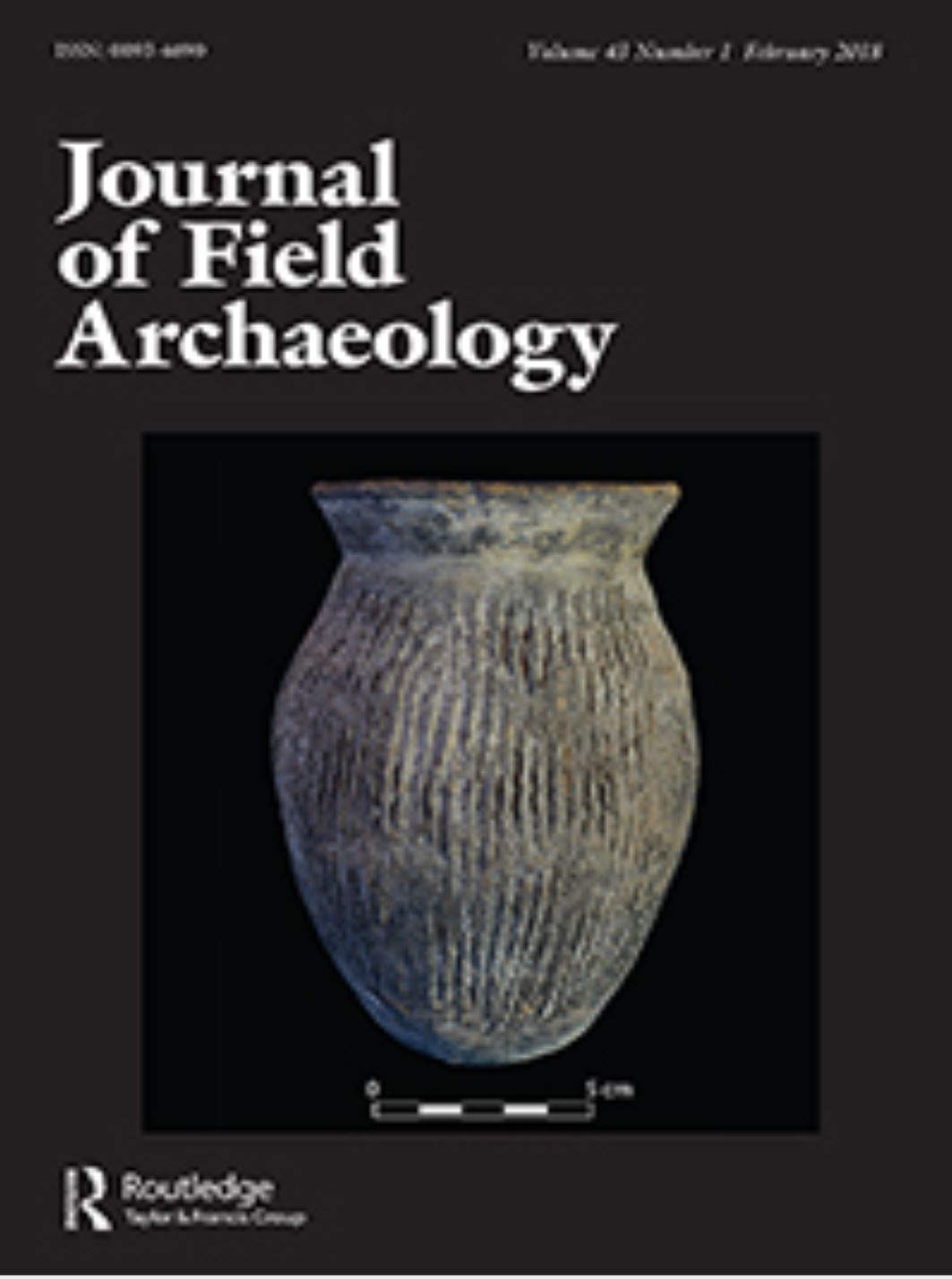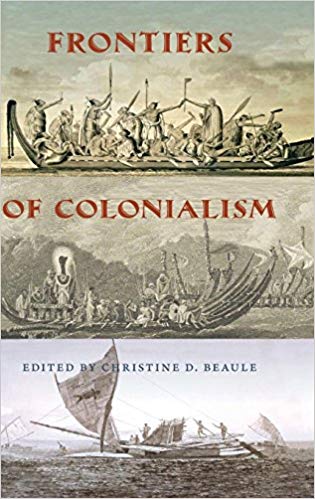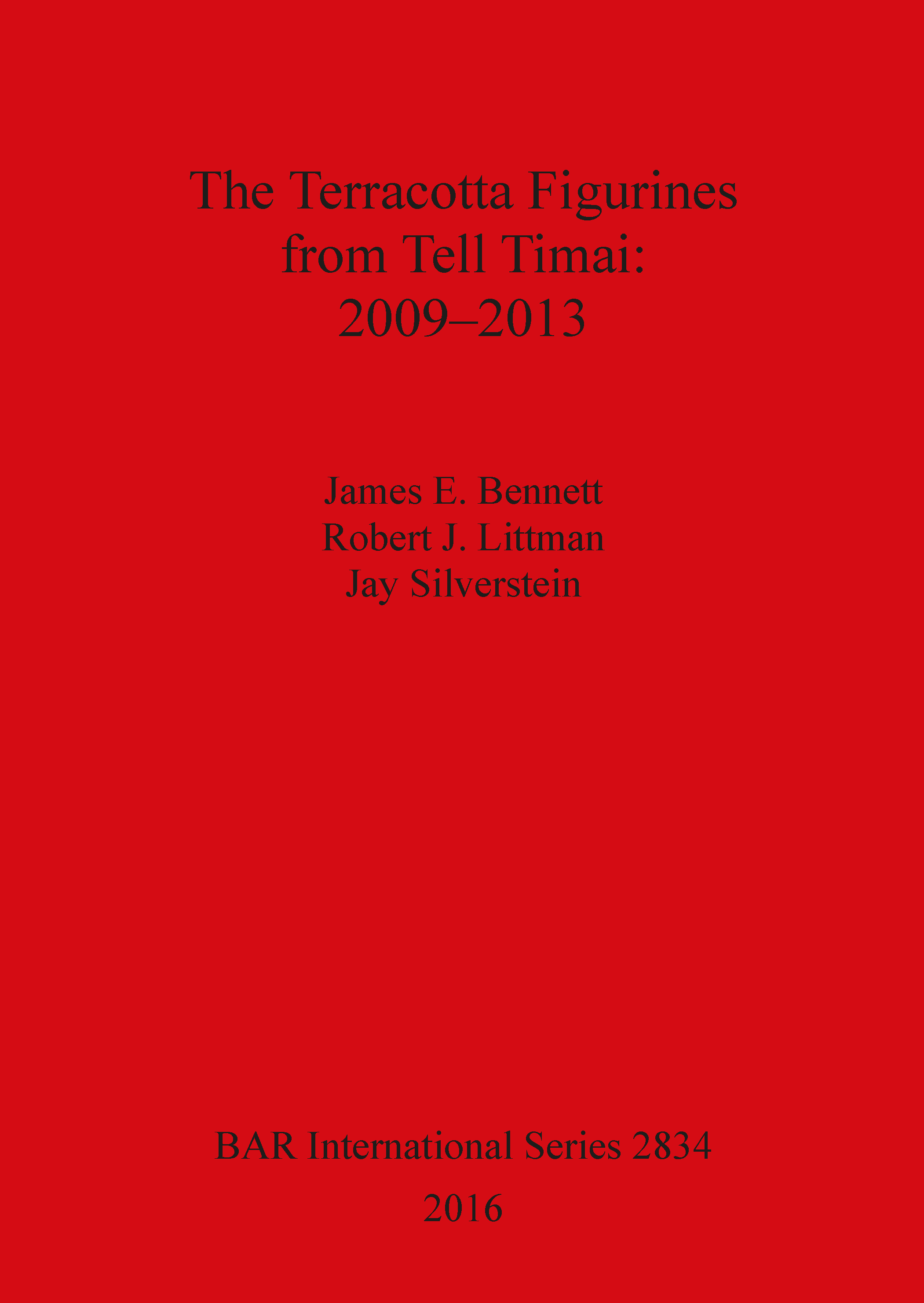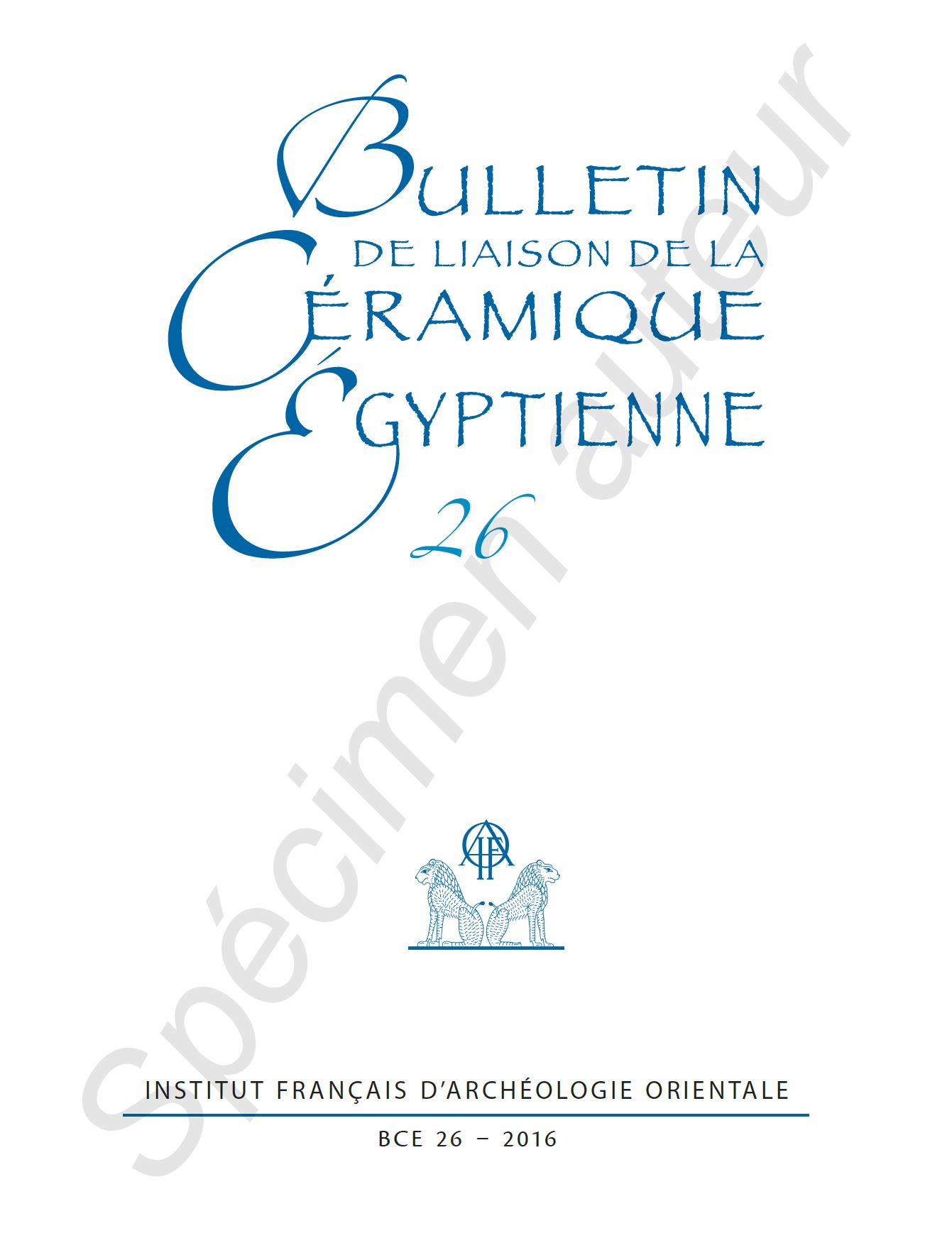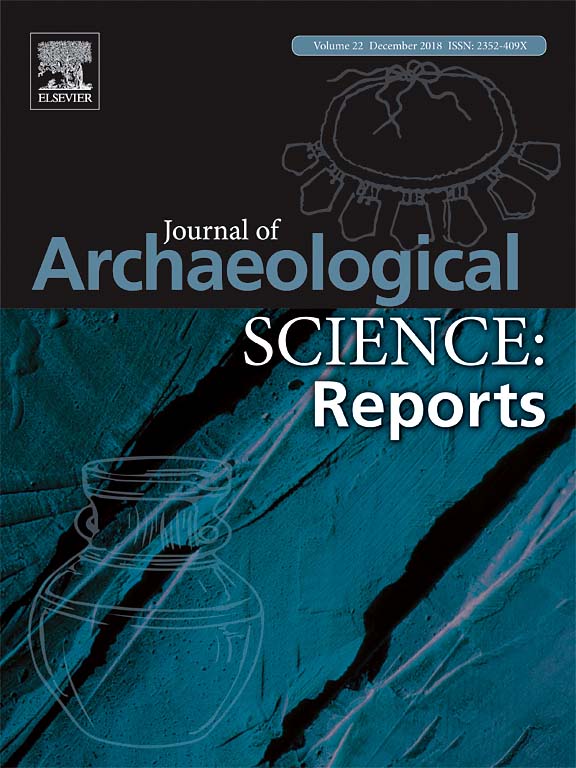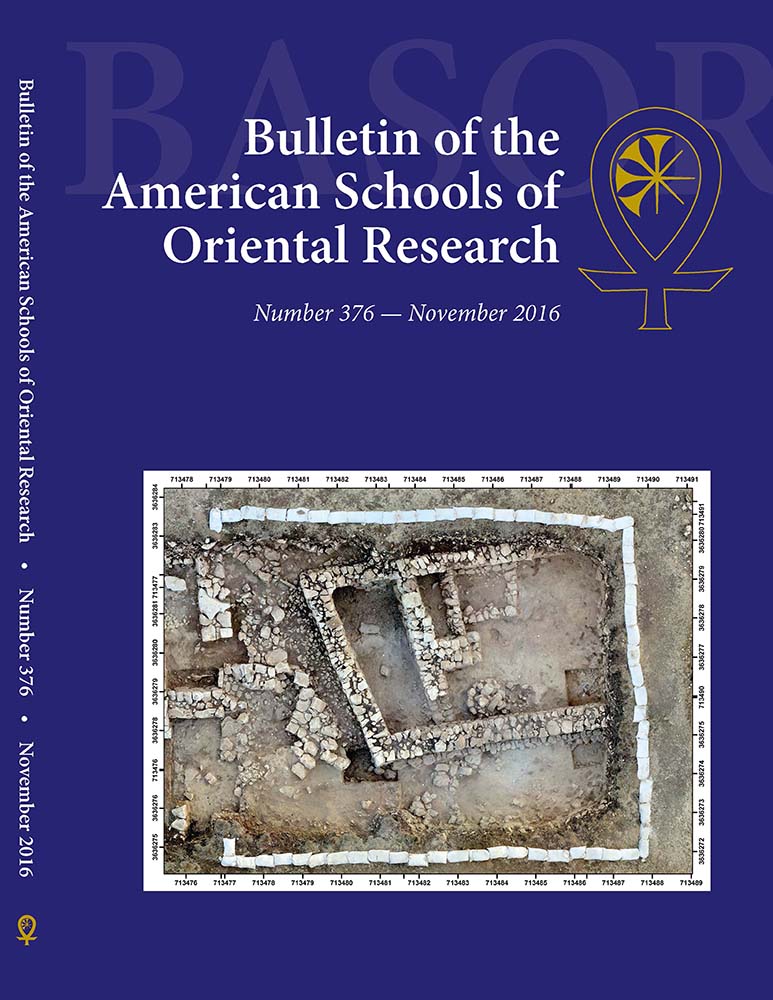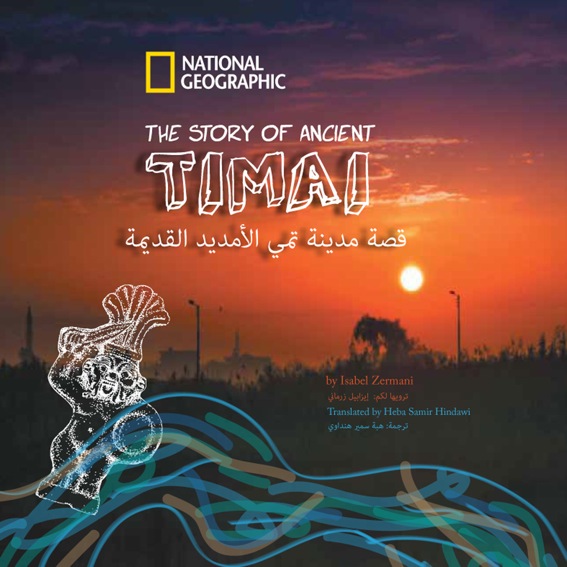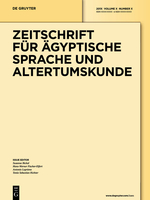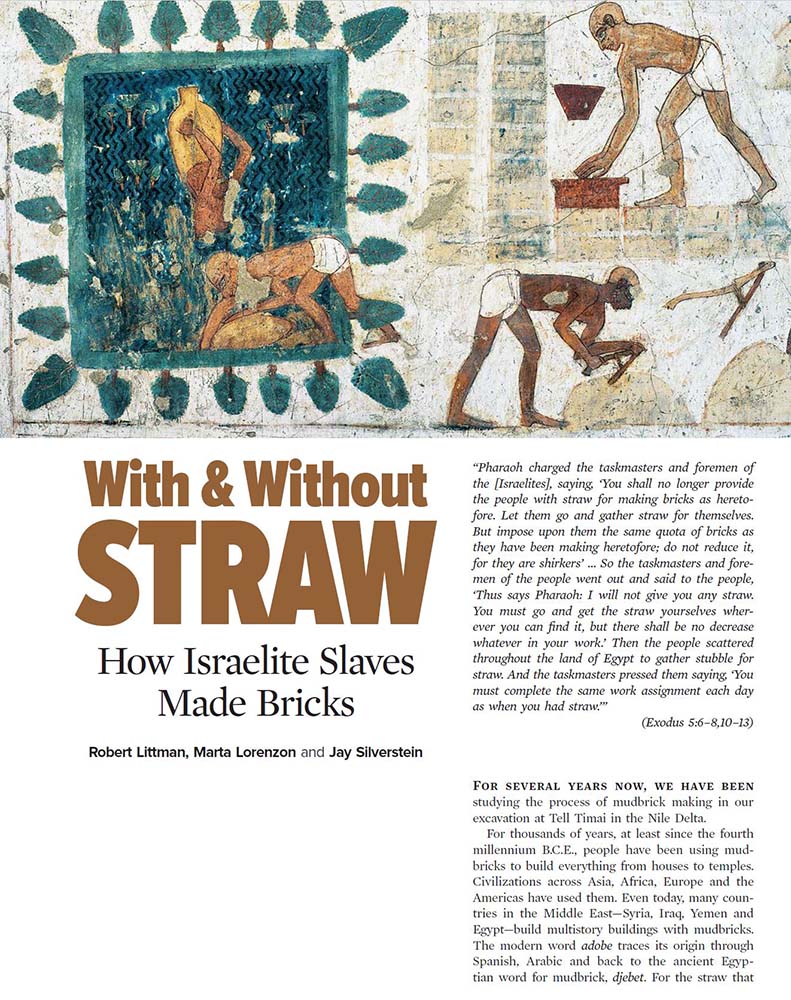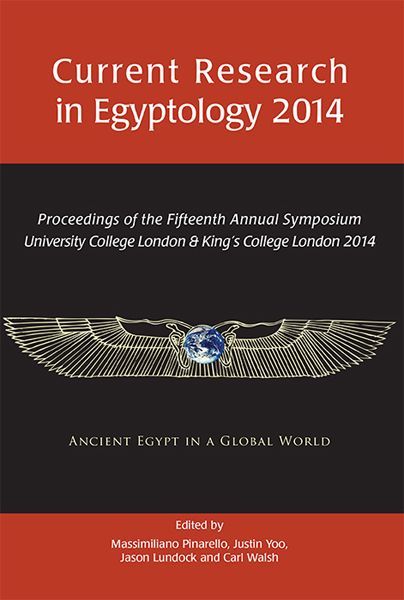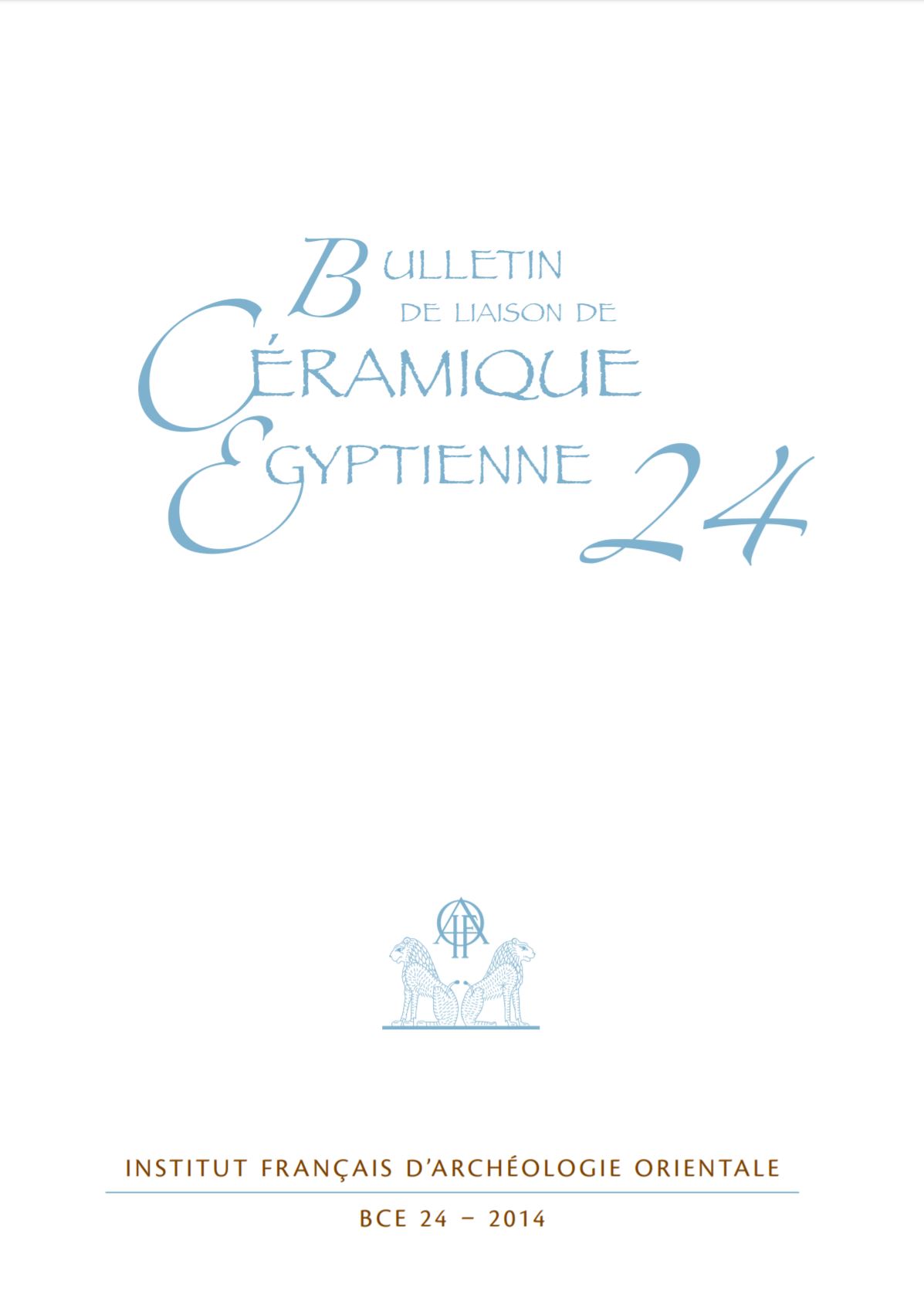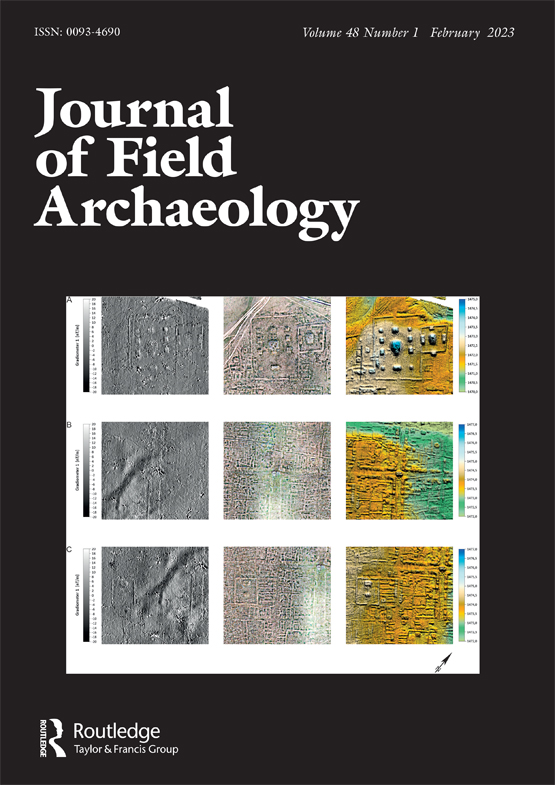
Archaeological Correlates of the Rosetta Stone’s Great Revolt in
the Nile Delta: Destruction at Tell Timai, by Jay E. Silverstein
and Robert J. Littman,
in Journal of Field Archaeology, 48:1,
February 2023
A stratum at Tell Timai shows extensive evidence of violent destruction dating to the early 2nd century b.c. Burning, rapid abandonment of objects in a house, destruction of a kiln complex, weaponry, and unburied bodies spread over a wide area in North Tell Timai indicate the city of Thmouis was subject to an episode of warfare. The destruction at Thmouis parallels an account of the destruction of another Nile Delta city, Lycopolis, in the nome of Busiris, during The Great Revolt described on the Rosetta Stone (196 b.c.). Another stela from Memphis also refers to the Ptolemaic campaign in the region. The evidence from Tell Timai provides the first archaeological correlate of destruction during the Great Revolt in the Nile Delta.
